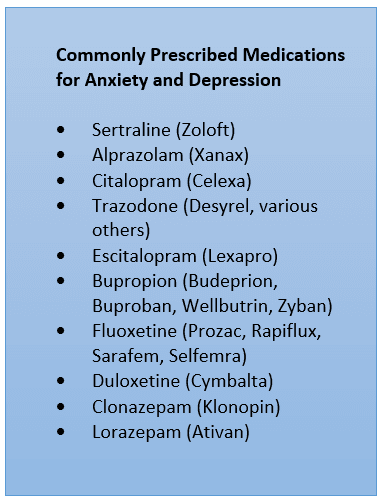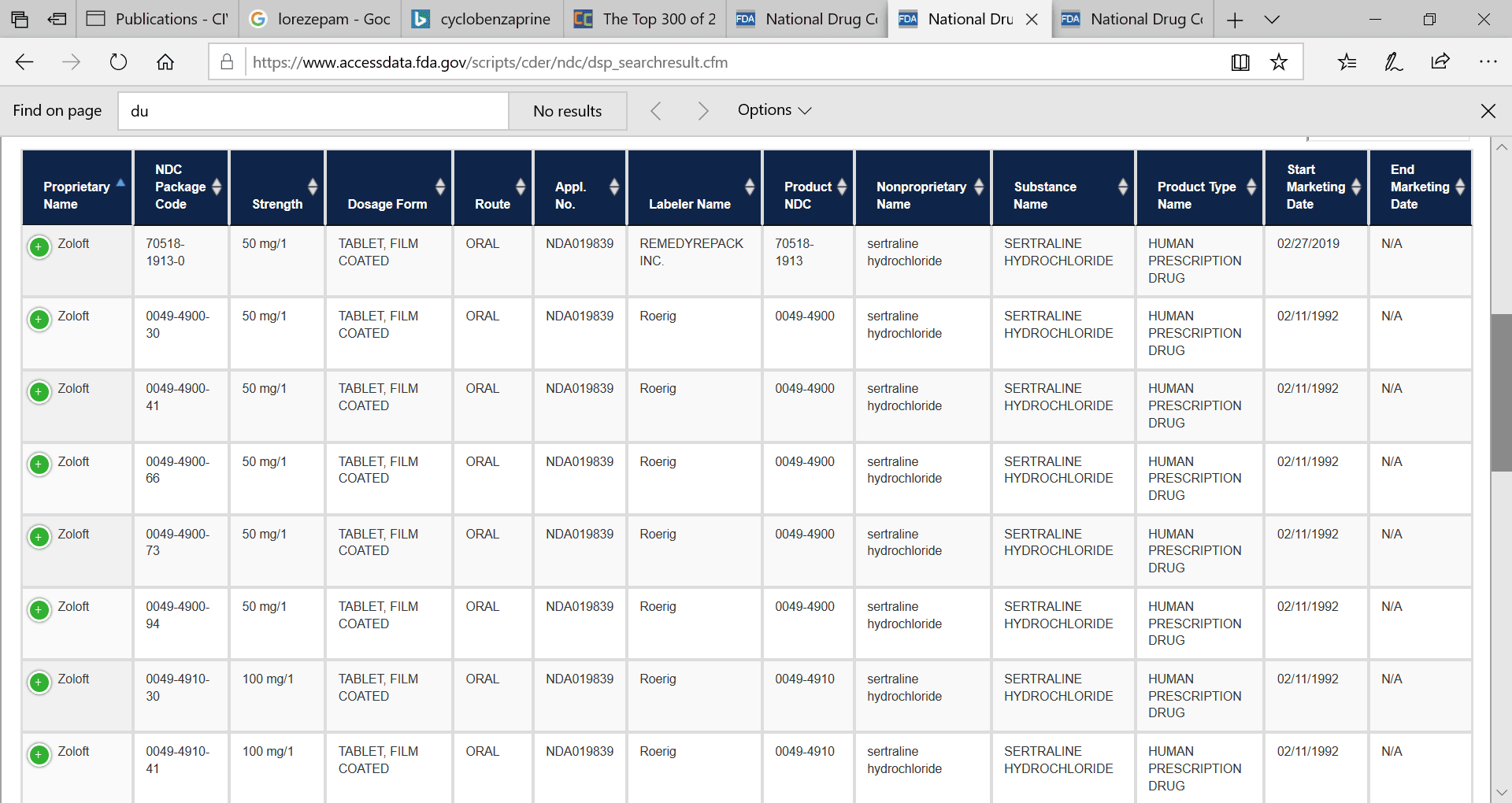Can prescription claims foretell the impact of COVID-19 on depression and anxiety?
As our nation prepares for weeks of continued increases in confirmed COVID-19 cases and deaths, many are thinking about the implications on psychological and emotional health. Beyond the uncertainty and worry of the virus itself, social distancing measures bring separation from family and friends, disruption in daily routine and concerns about financial well being.

Pharmacy claims are typically processed faster than medical claims. Therefore, pharmacy claims for medications used to treat anxiety and depression may be an important early indicator of the behavioral health impact of COVID-19.

Before diving into your data, here’s an important caveat to note. Financial instability and reduced provider capacity also could result in fewer new prescriptions, and lower prescription fulfillment rates than need would dictate.
Medications to Look For: Your data set may include a grouper software which allows you to choose certain therapy classes and it automatically includes all the medications in those therapy classes in your analysis.
If not, here’s another approach. The box to the right lists ten commonly used medications to treat anxiety and depression, according to the ClinCalc.com drug stats database. This database uses information from the Medical Expenditure Panel Survey (MEPS) produced by the Agency for Healthcare Research and Quality (AHRQ). While MEPS is a very reliable survey, the data is typically more than 12 months old. Research whether any new, frequently prescribed medications were recently released.
Finding those medications in your dataset will require knowing their National Drug Codes or NDCs. The NDC is a unique 10-digit or 11-digit, 3-segment number, and a universal product identifier for human drugs in the United States.
The 3 segments of the NDC identify:
- the labeler
- the product
- the commercial package size
To find the NDCs, the FDA offers a searchable database that allows you to query nearly any medication by its name. Query results include all related NDCs and other important information to classify the medication. Query results can be downloaded into a CSV file. A screenshot of a sample of results for Zoloft is shown below. The full FDA database also can be downloaded depending on the extent of your analyses.

Possible Utilization Analyses: The easiest analyses will be to simply count the number of prescriptions filled for medications in these therapy classes and look at the rates per 1,000 MM. These analyses could be performed by day, week or month and then plotted with important dates in your state or region’s COVID-19 response. Dates could include first diagnosis of COVID-19 in your state or region, imposition of social distancing or stay-at-home measures or reaching certain thresholds in numbers of confirmed cases or deaths.
A more complex analysis would be to look at how many of these prescriptions were filled by patients for the first time. The first step would be to develop a population of all patients with a fill of one of these prescriptions during what you define as your COVID-19 pandemic period. This period could begin with the first diagnosis in your region, when a specific threshold of cases or deaths was met or when a policy such as social distancing was enacted. You would then create a look back period such as 365 days or longer if your data set allows. This would allow you to see the percent of individuals with a prescription for a medication in one of the identified therapy classes that did not have a prior prescription for a medication in one of these classes. This percentage could then be compared to the percent of new fills for these medications during the same period in previous years. Since patients with anxiety and/or depression may try multiple medications across these classes before finding the right fit, it will be helpful to look for previous fills across the full list of classes and medications rather than looking only for previous fills for the exact same medication.
Another analysis would be to look at whether patients who were previously prescribed one of these medications were more likely to receive their refills on time. There are many methods for calculating medication possession ratios. These methods are typically used to assess whether patients are taking their medications frequently enough for those medications to successfully treat their conditions. In this case, comparing average medication possession ratios during your defined COVID-19 pandemic period versus previous periods could offer insight into whether patients previously prescribed a medication for depression and/or anxiety were more likely to refill those medications during this difficult time. This overview from the American Pharmacists Association offers possible formulas for calculating medication possession ratios.
For more information or help thinking through your own analyses, contact Mary Jo Condon at [email protected].
